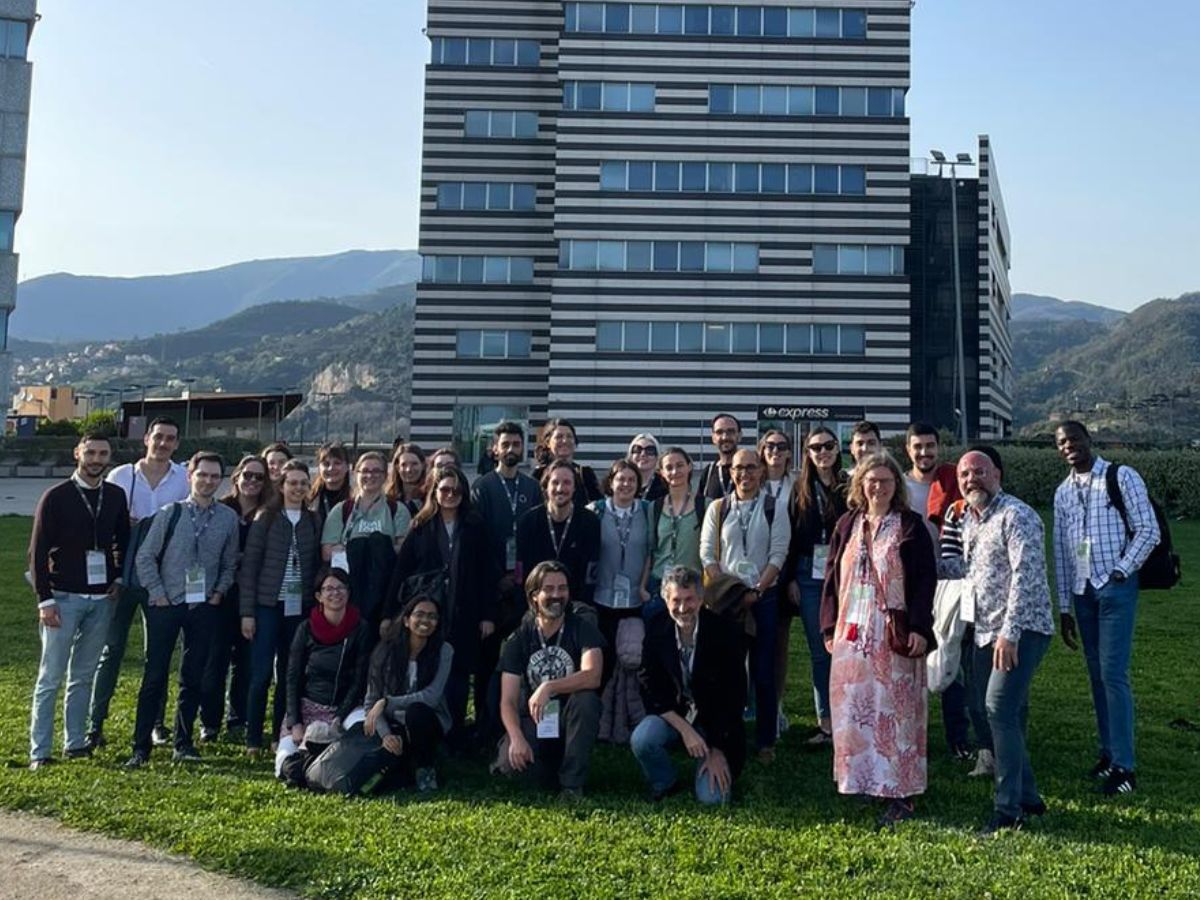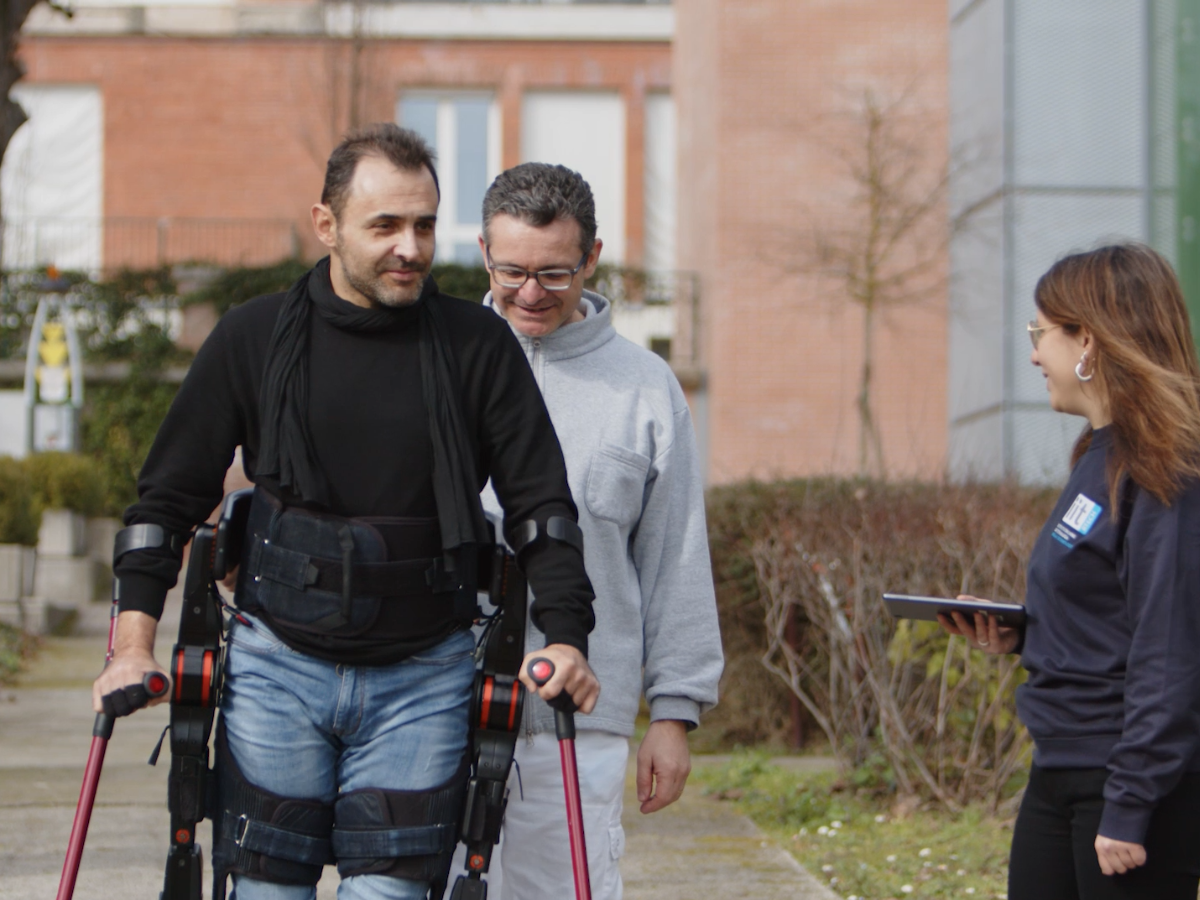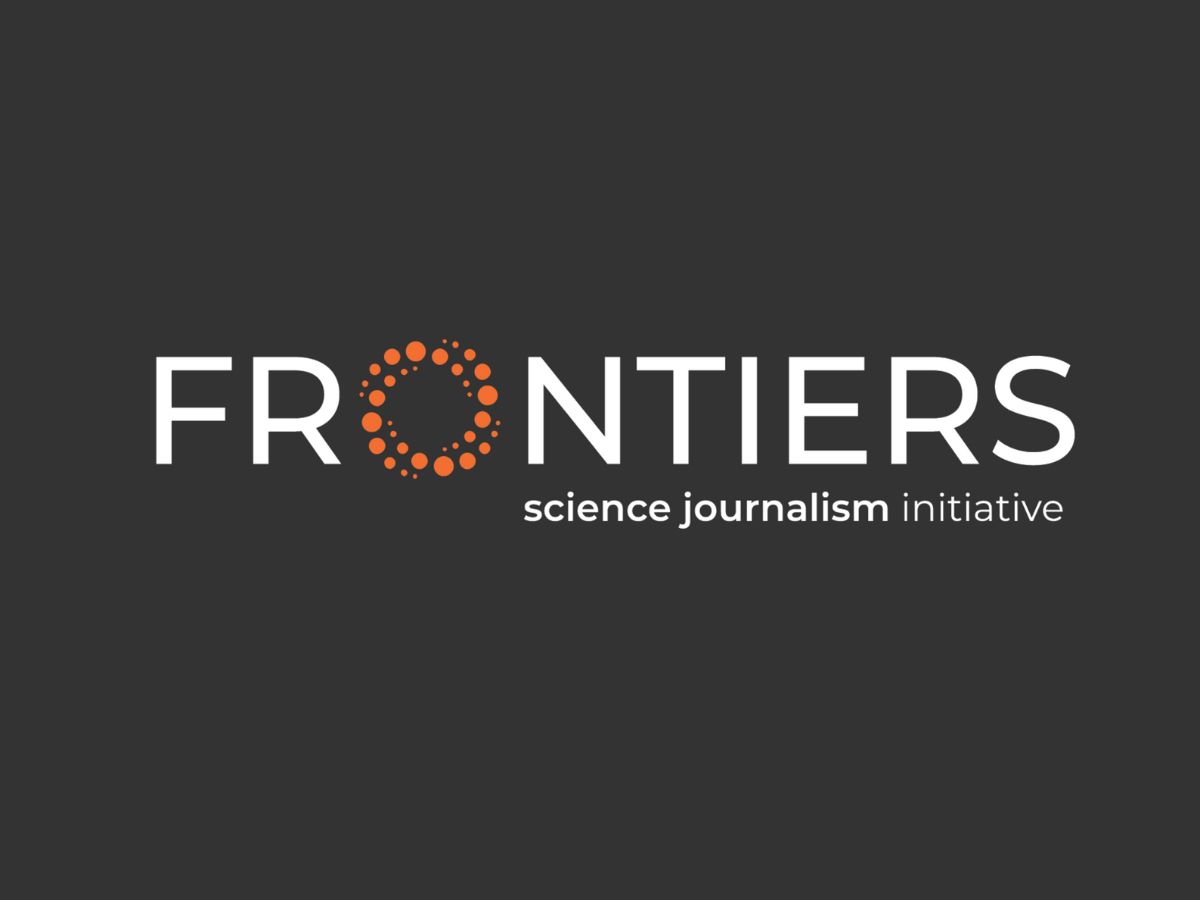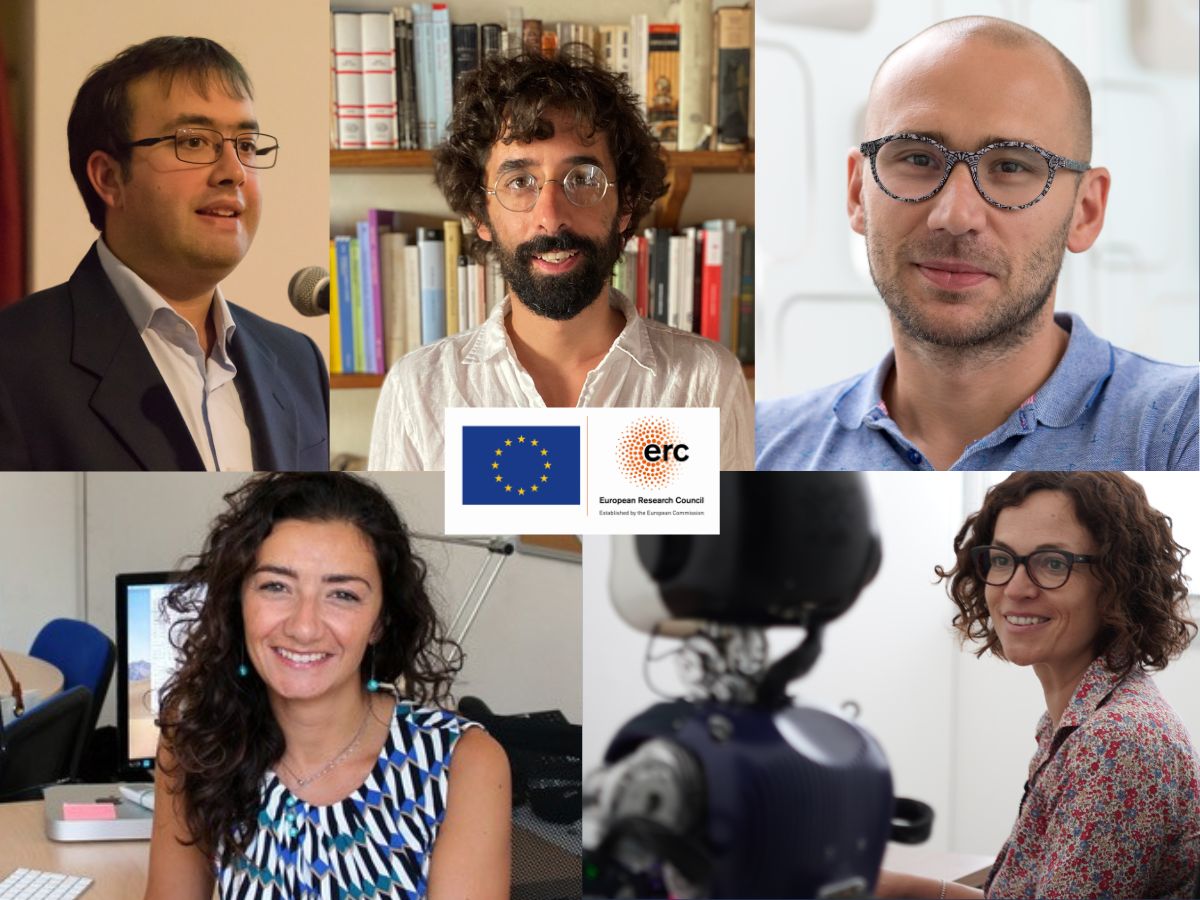Sfide e opportunità per il Progetto 5000genomi@VdA
Il processo di integrazione di genomica e AI nei processi sanitari, concetto già noto in alcuni Paesi, sta gradualmente cominciando a diventare una realtà anche nel panorama italiano con il Progetto 5000genomi@VdA e il sequenziamento di 5000 genomi di pazienti e cittadini valdostani, concentrandosi sullo studio delle malattie neurodegenerative, del neurosviluppo e oncologiche. L’iniziativa scientifica ha permesso oggi la realizzazione nella piccola regione montana di un Centro per la Medicina Personalizzata, Preventiva, Predittiva – il CMP3VdA: ma quali sono le reali conoscenze della popolazione valdostana in merito a questi temi? Quali sono i mezzi e gli strumenti di comunicazione più idonei a trasferire un concetto scientifico complesso ai cittadini?
Per rispondere a queste domande è stata effettuata una prima esplorazione delle conoscenze della popolazione di riferimento sulle tematiche scientifiche di 5000genomi@VdA attraverso un questionario qualitativo e anonimo realizzato in modalità face-to-face. I risultati derivanti dalle risposte dei 100 intervistati saranno presentati in un “video abstract” al Convegno Nazionale di Comunicazione della Scienza (dal 17 al 20 novembre 2021), organizzato dalla Scuola Internazionale Superiore di Studi Avanzati (SISSA) di Trieste.
I partecipanti allo studio sono stati individuati all’interno di eventi pubblici diversi tra di loro, ma caratterizzati dall’essere rivolti a un pubblico interessato o incuriosito dalla scienza: l’evento giocAosta (Aosta, 6-9 agosto 2020) e le serate ed eventi di divulgazione scientifica in ambito astronomico organizzati dall’Osservatorio Astronomico della Regione Autonoma Valle d’Aosta (Saint-Barthélemy, 26-27 agosto 2020 e 19 settembre 2020). Le persone meglio disposte al rispondere alle domande erano generalmente donne (57%) di età compresa tra i 20 e 50 anni nel 79% dei casi. Circa il 40% delle risposte totali proveniva da persone residenti in Valle d’Aosta, mentre il 45% comprendeva principalmente turisti provenienti dalle regioni limitrofe tra cui nord-ovest Italia 26% e centro-nord Italia 19%. Per quanto riguarda invece il grado di istruzione, il 54% presentava un background non scientifico (umanistico/economico), il 37% di tipo scientifico e il restante 9% di intervistati era costituito da pubblico altamente specializzato (PhD) o minimamente specializzato (licenza media).
Sono successivamente stati identificati i mezzi di comunicazione considerati più idonei a trasferire informazioni scientifiche complesse, permettendo di fare alcune iniziali considerazioni importanti. In primis, è stata constatata una netta preferenza nell’utilizzo di materiale audiovisivo per avvicinarsi a questi temi: in una prima indagine il 41% dichiarava di utilizzare la TV mentre successivamente il 72% ha confermato di apprezzare brevi video divulgativi (principalmente via YouTube). È stata inoltre riscontrata la necessità di implementare le conoscenze di particolari argomenti come, ad esempio, la “medicina personalizzata”, tematica propriamente nota solo nel 33% degli intervistati, in situazioni in cui sia possibile confrontarsi tra più persone. Veniva, infatti, apprezzata l’organizzazione di eventi o conferenze strutturate a taglio divulgativo adatte a fare partecipare attivamente il pubblico e avvicinare i cittadini a questioni sanitarie di attualità e di interesse pubblico (35%). In generale, è stato anche identificato come, in situazione pre-pandemica, ci fosse una scarsa abitudine nell’approccio alla comunicazione della scienza: il 42% degli intervistati dichiarava infatti di sentire raramente parlare di argomenti scientifici legati alla salute (25% “1 volta a settimana” e 17% “quasi mai”).
Considerando il dirompente effetto odierno della comunicazione digitale, è emerso un forte scetticismo e poca fiducia nell’utilizzo dei social network come mezzo di informazione. Rispetto al 74% di persone che prediligevano il web (siti e blog) come fonte di approfondimento, solo il 30% di utenti dichiarava di utilizzare i social per ricercare notizie relative all’ambito scientifico-sanitario, confermando di avere poca fiducia in questi strumenti, definiti e percepiti come “inaffidabili” e con poca possibilità di verifica delle fonti (“fake news”).
È stata successivamente indagata la familiarità dei cittadini nei confronti dello studio del DNA e della genomica: l’argomento pareva essere considerato come “molto attuale” nel 40% delle risposte e percepito essere “di grande impatto sulla quotidianità” nel 64% dei casi sebbene, andando ad approfondire con i partecipanti, il 49% delle persone dichiarasse di avere poche o confuse conoscenze sull’argomento.
Alla domanda finale “faresti analizzare il tuo DNA per avere una diagnosi precoce delle malattie?” coloro che rispondevano negativamente (il 12%) risultavano essere generalmente poco propensi al dialogo e più chiusi rispetto a coloro che rispondevano positivamente. È stata quindi riscontrata l’esistenza di una forte componente emotiva e personale su questo particolare aspetto decisionale legato alla salute individuale. Questa determinata attitudine è molto importante da considerare nell’ottica dell’ideazione di attività di comunicazione e informazione dedicate ai cittadini e mirate all’acquisizione di strumenti idonei a prendere decisioni consapevoli inerenti tematiche scientifico-sanitarie complesse.
Questi risultati hanno permesso di avere una fotografia in tempo reale di quali siano le conoscenze, le percezioni, le abitudini informative del pubblico di potenziale riferimento per il Progetto 5000genomi@VdA e di fare una stima iniziale delle principali esigenze comunicative della popolazione valdostana concernenti i temi della genomica, dello studio del DNA e della medicina personalizzata.
- Website del Convegno: https://comunicazionescienza.com/video/
- Canale YouTube del Convegno: https://www.youtube.com/watch?v=0mRJsIdEayQ
*borsista di ricerca FSE – Comunicazione Progetto 5000genomi@VdA





